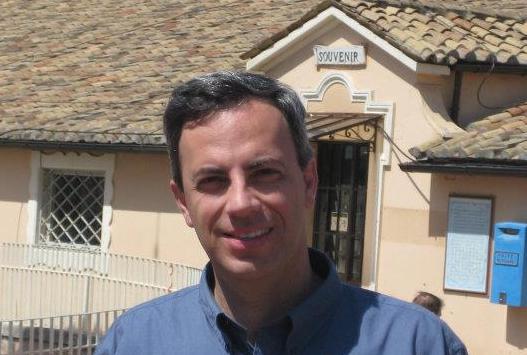
When we hear the word intelligence, the concept of IQ testing may immediately come to mind. Intelligence is often defined as our intellectual potential; something we are born with, something that can be measured, and a capacity that is difficult to change. In recent years, however, other views of intelligence have emerged. One such conception is the theory of multiple intelligences proposed by Harvard psychologist Howard Gardner.
Harvard psychologist Howard Gardner is the pioneer in this multiple intelligences field. Gardner first posited the idea of many types of intelligence in the early 1980s as he introduced his “theory of multiple intelligences.”
According to Gardner’s definition of intelligence, people can have different strengths and the learning experience can be tailored to those differences.
Here’s how Gardner defines intelligence:
- The ability to solve problems that one encounters in real life.
- The ability to generate new problems to solve.
- The ability to make something or offer a service that is valued within one’s culture
Theory of Multiple Intelligences
This theory suggests that traditional views of intelligence are too limited. Gardner first outlined his theory in his 1983 book “Frames of Mind: The Theory of Multiple Intelligences,” where he suggested that all people have different kinds of “intelligences.” Gardner proposed that there are eight intelligences, and has suggested the possible addition of a ninth known as “existentialist intelligence.”
In order to capture the full range of abilities and talents that people possess, Gardner theorizes that people do not have just an intellectual capacity, but they have many kinds of intelligence, including musical, interpersonal, spatial-visual, and linguistic intelligences.
While a person might be particularly strong in a specific area, such as musical intelligence, he or she most likely possesses a range of abilities. For example, an individual might be strong in verbal, musical, and naturalistic intelligence.
Criticism
Some argue that Gardner’s definition of intelligence is too broad and that his eight different “intelligences” simply represent talents, personality traits, and abilities. Gardner’s theory also suffers from a lack of supporting empirical research.
Despite this, the theory of multiple intelligences enjoys considerable popularity with educators.
The Eight Intelligences (or Nine)
• Linguistic: Ability to think in words and to use language to express complex meanings.
• Logical-mathematical: Ability to calculate, quantify, consider propositions and hypotheses and perform complex mathematical operations.
• Spatial: Ability to think in three-dimensional ways; perceive external and internal imagery; re-create, transform, or modify images; navigate oneself and objects through space; and produce or decode graphic information.
• Bodily-kinesthetic: Ability to manipulate objects and fine tune physical skills.
• Musical: Ability to distinguish and create pitch, melody, rhythm, and tone.
• Interpersonal: Ability to understand and interact effectively with others.
• Intrapersonal: Ability to construct an accurate self perception and to use this knowledge in planning and directing one’s life.
• Naturalist: Ability to observe patterns in nature, identify and classify objects, and understand natural and human-made systems
Gardner more recently added another “intelligence” to his list:
Existential Intelligence: The sensitivity and capacity to tackle deep questions about human existence, such as the meaning of life, why we die and how we got here.
HOW DO MULTIPLE INTELLIGENCES AFFECT LEARNING?
According to this theory, while some can learn very well in a linguistically-based environment (reading and writing), others are better taught through mathematical-logic based learning. Still others benefit most from body-kinesthetic intelligence (learning by doing with the hands).
This diversity of intelligences, according to Gardner, should impact the way people are educated. These differences “challenge an educational system that assumes that everyone can learn the same materials in the same way and that a uniform, universal measure suffices to test student learning”.
Gardner argues that “a contrasting set of assumptions is more likely to be educationally effective. Students learn in ways that are identifiably distinctive. The broad spectrum of students—and perhaps the society as a whole—would be better served if disciplines could be presented in a number of ways and learning could be assessed through a variety of means.”
